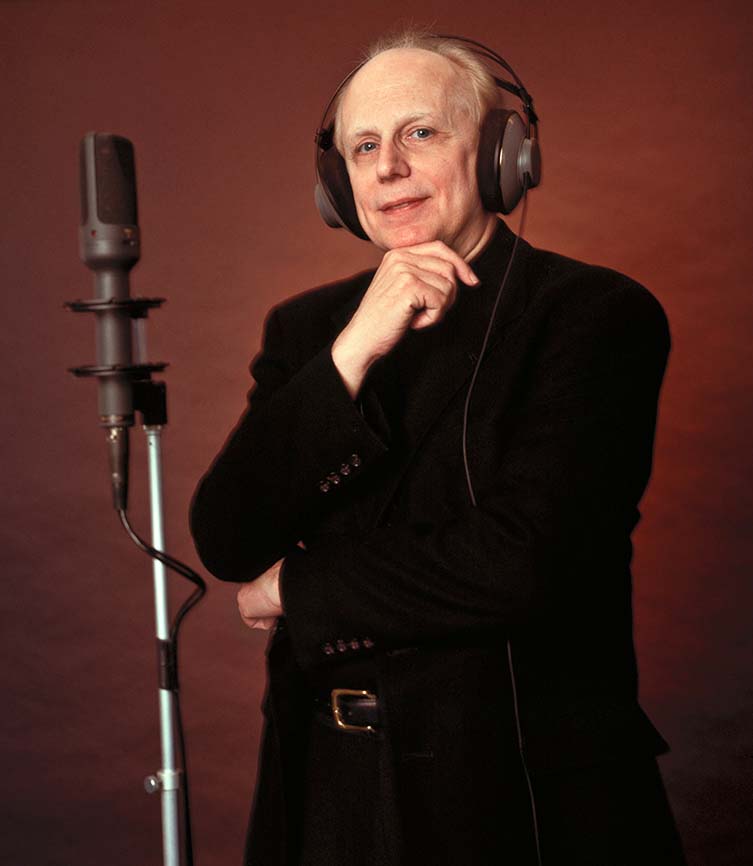WORKSHOP: THE OTHER HALF OF THE FILM, by Eric Somers
ParAcademy and Gallery MC
Present
THE OTHER HALF OF THE FILM
An introduction to sound for film, television, other media
http://www.eventbrite.com/e/workshop-the-other-half-of-the-film-by-eric-somers-tickets-10582654003
Presenter:
Eric Somers
State University of New York
The Sandbook Studio
OVERVIEW
When one watches most films or television programs, half or more of the communication is the sound, not the picture. For most films, a blind person hearing only the sound will understand more than a deaf person watching the same film (without subtitles). Yet many beginning digital cinema makers tend to focus on the “shots” and other visual aspects and not worry about the sound. Thus many of these low-budget or no-budget digital films suffer from poor sound quality that weakens the film.
In traditional Hollywood film making the sonic parts of a film tend to be divided among very separate job divisions that are not that much in contact with each other:
• A composer is hired to score music for the film
• The score is recorded in a special studio dedicated to that
• Some of the dialogue is recorded as the film is shot on location or in studio
• Other dialogue is added in later in a special “looping” (ADR) studio
• Ambient sounds are captured separately and added in during the final sound mix
• Non-synchronized sound effects are recorded separately on location or in a studio
• Synchronized sound effects (Foley) are created in special studios by dedicate Foley artists
• In the end all of the sound is mixed by a special sound mixer in post production.
Using all of those separate studios and separate personnel are very expensive. That is one reason why Hollywood film budgets are high.
BUT . . .
Just as many young directors of low-budget and “no-budget” film have learned that images can be captured with low cost cameras and edited on a computer with low cost software, all of the sound processes outlined above can also be done on a computer using software and some, relatively modestly priced, hardware. That is what this workshop is about.
In a combination of lecture/demonstrations, film examples, and hands-on experiments with sound this workshop will cover:
1. The kinds of sound used in film and the role of the sound designer
2. Recording dialogue effectively on location (types of mics, placement, etc.)
3. Recording dialogue in post production called ADR or “looping”
4. Recording ambient sound on location with portable recorders
5. Recording non-synchronized sound effects in a studio or on location
6. Recording synchronized sound effects (“Foley”) in a studio matching video
7. Creating film music “scores” with looping music programs
8.. Mixing the sound to blend everything together
The lecture demonstrations for each aspect will also cover:
- Accessible hardware and software which can be used for each task in a low budget project
- Techniques/skills needed to use the tools effectively
- Film clip examples of various sound designs
The “learn by doing” hands-on exercises will include:
• Creating a brief “score” for a scene using loop based software
• Creating synchronized “Foley” effects for a film scene
• Creating post-production dialogue by ADR (often called “looping”)
• Recording sound effects with a hand-help recorder
HARDWARE AND SOFTWARE TO BE USED
Low budget cinema sound can be created using either Macintosh or Windows computers. For this workshop there will be some exposure to both.
The presenter will use a Macintosh Macbook Pro with Logic Pro software, and perhaps some demonstration also of Sound Forge Mac and Audacity.
The presenter will also use a Sony VAIO laptop computer running both Sound Forge (Windows) and Acid Pro for the same functions.
There will be times during the workshop when the presenter can answer individual questions about home studios, software other than what is used in the demos, careers as film sound designers, etc.


